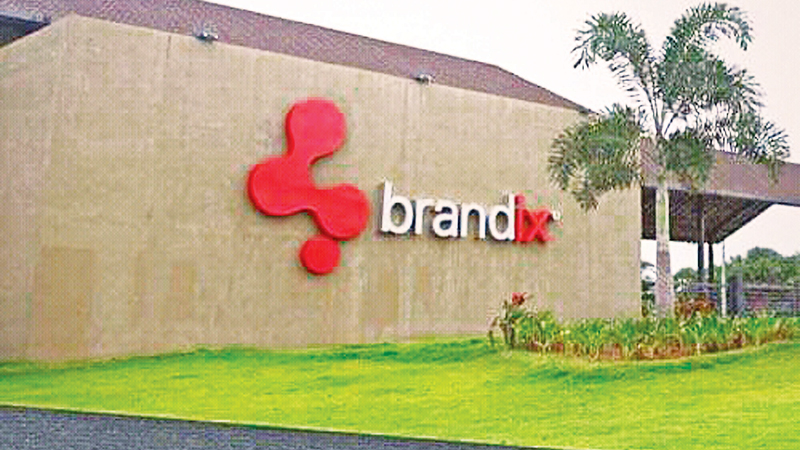Nearly 2,000 young women employees who were affected during the past 30-year conflict in Karadiyanaru, Koppai, Vakarai, Kathiraveli, Mandur, Vellaveli, Thikkodai, Kiran, Valaichchenai and Chenkalady in the Batticaloa district are employed at the Arayampathy, Kovilkulam Brandix garment factory.
To give them gainful employment after the war for a reasonable salary and to ensure safe and comfortable travel to and from work while respecting their religious practices and customs, Brandix has made meticulous arrangements to cater to the young unemployed females in the Batticaloa district.
The Batticaloa community is grateful to this organization for accessing villages not covered by public transport, transporting nearly 30–40 females safely from every village, regardless of the time of the day or night.
This golden opportunity supports the women affected by domestic violence and women-headed families to stand on their own feet. The past conflict has created 57,000 widows in the Batticaloa district.
Brandix by conducting its manufacture of garments in the most eco-friendly manner sets an excellent example to others in the same field. By deploying modern techniques of international standard, it has earned Net Zero Carbon Status this year. In 2008 it qualified for the LEED Platinum Certification.
We, as a group received a chance to visit this factory. When we entered, we did not feel that we were entering a manufacturing plant. The whole place was airy and green. Spacious corridors encircled the production area and lush green vegetation was everywhere.
We entered the factory after enjoying the initial introduction at the premises. The first stop was at the reception where the running of the factory was explained to us. We were then taken on a conducted tour of the factory under the direction of qualified guides.
It was eye-catching to see different parts of the garment being made separately and then sewn together and the finished product packed for dispatch. Workers were seen getting about their routine work cheerfully without any rush, anxiety or tension. Off and on directions were broadcasted over the public address system. A large digital screen displayed the co-ordinated manner in which each individual group dovetailed its work with the other groups.
A constant register of the raw materials needed for a day, the targets set for the workers to achieve, and the production per hour keep the workers on their toes to accomplish the expected targets.
The finished products are thoroughly checked and those ‘not up to standard’ are rejected. The fully-certified goods are then inspected and after approval, the goods are stored.
Senior General Manager Hemitha Jayawardene explained to us how the factory contributes to a clean environment and a safe atmosphere. The 1,800 sewing machines deployed for 16 hours function on low Watt VSD Servo Motors as opposed to traditional clutch motors that consume more power. They say that 68 to 73 percent of the power usually consumed is saved. In addition, compared to the clutch motors, the new technology uses only 17 percent of the time for stitching.
By using air saving devices, pressurized air for ironing the garments without creases is stored and released accordingly, thereby saving nearly 40 percent of wasted air.
Discarded yarn and remnants are separated and stored for recycling. Whenever new designs are being introduced, these recycled materials are used.
Wastewater management is being performed efficiently. After treatment, water is filtered and the recycled water is used for watering vegetation and flushing of toilets. Workers are ensured of pure, safe drinking water.
Food remnants are used to produce compost manure to be used in the factory premises as well as to be given free to employees to take home.
Dishwashers reduce the quantity of water expended for manual washing of dishes. Solar power is used to boil water to be used for dishwashing.
Fifty-three percent of the water normally consumed in the factory premises is saved by the installation and use of modern, scientific plumbing equipment. Solar panels on the sprawling roofs of the factory generate a substantial amount of electricity for use in the factory. We were able to witness at first-hand several such sweeping changes made by Brandix to protect Mother Nature. We hope that other manufacturing organisations too would emulate eco-friendly initiatives introduced by Brandix.




There is 1 Comment
Job
Add new comment